You are confusing electrons and current.
Current is a macro-scale phenonenon that is the mass movement of electrons. Even "small" currents for electronics mean that many many electrons (or other charge carriers) are moving around. For example, just 1 µA flowing thru a wire means that, on average, there are 6.24x1012 electrons flowing past any one point every second. With that many electrons to average over, the average is quite reliable.
However, individual electrons behave probabilistically. You never know where any one electron is or what it's doing. One electron in your left current loop could have diffused over to the right side after getting to the ground conductor, and from there got swept into the right current loop. There could be 100s of electrons doing this every second. However, there would then be, on average, a equal number that go the other way every second.
Trying to follow individual electrons is pretty much impossible, and not useful anyway. You don't care that 100 electrons went one way, while at the same time 100 other electrons went the opposite way. At the higher level, you have 0 current, and that's all you care about.
Another point is that individual electrons don't actually go far or fast, on average. 5 mA isn't a steady stream of electrons all whizzing around at the speed of light thru the loop. It's local electrons moving a little, which push on their neighbors, which cause them to move, which push on their neighbors, etc. The propagation of electron motion one place causing electron motion further down the wire proceeds at a good fraction of the speed of light, but individual electrons don't need to move fast or far for that to happen.
The 5 mA thru the left loop means that in the aggregate 31,207,500,000,000,000 electrons are heading one way every second past any one point in the loop. Note that this says nothing about how fast any of the electrons were moving, or how far individual electrons moved.
Suppose I told you that a particular river has a flow of 1,000,000 liters/second. What is the speed of the water? How many liters are in a small snippet of the river? If I put a drop of dye in the river upstream, where exactly will it go?
The point is you don't know any of these things from just the flow rate. Likewise, you don't know what individual electrons are doing just from knowing the current.
